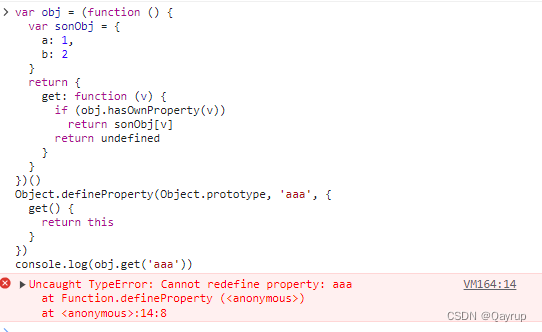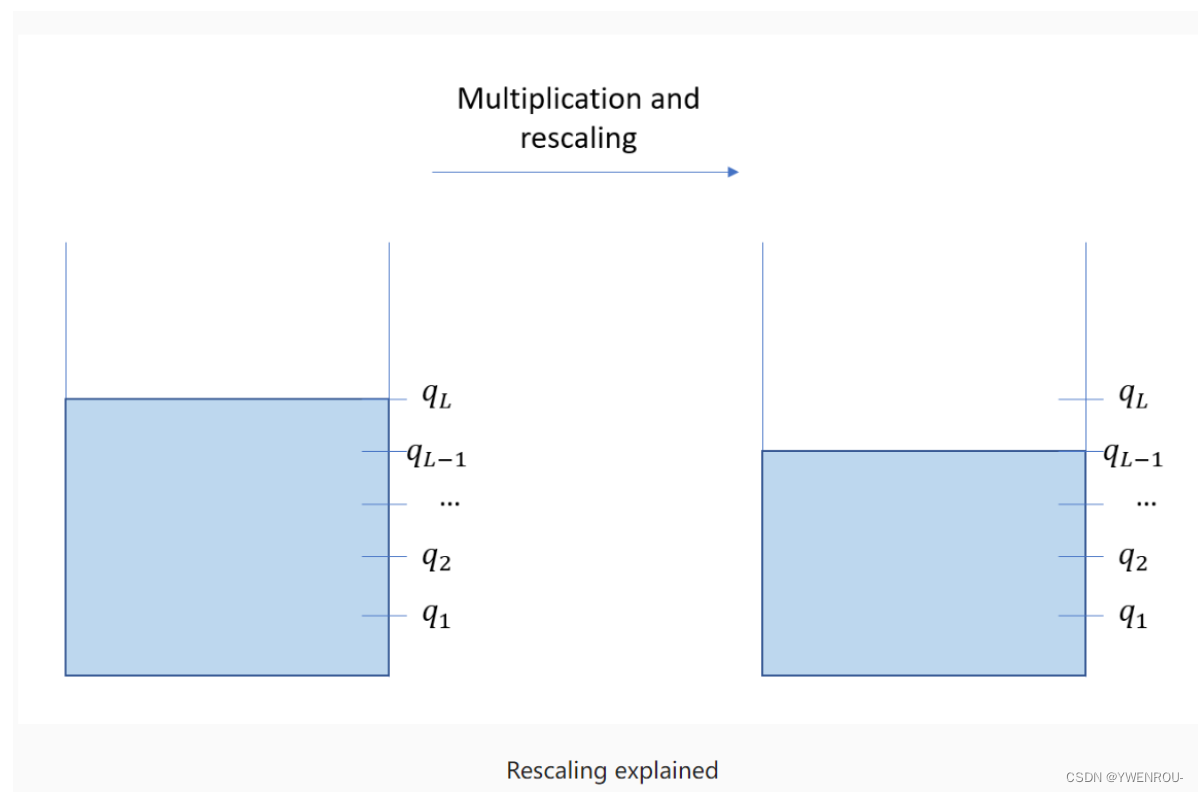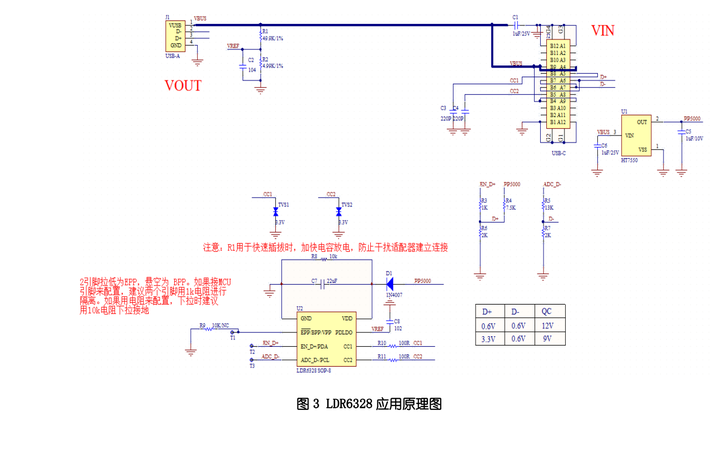BIOS中的openssl
openssl是一个密码库或者密码工具,在密码学基础_hex string is too short, padding with zero bytes t-CSDN博客介绍了基本的密码学概念已经openssl工具的使用,而这里将介绍BIOS下如何使用openssl。
在开源的BIOS代码库EDK中包含一个CryptoPkg,其中包含了BIOS需要使用到的密码库接口。通过包含openssl密码库代码,就可以在BIOS下使用密码学中的各种算法和工具。需要注意,EDK代码并不会直接包含openssl代码,而是通过外部链接的方式来实现的,如下图所示:

点击红框会跳转到对应的代码库,其中@之后的数字是对应的版本,这是因为无论是EDK还是openssl代码都一直在更新,所以存在兼容性的问题,通过制定版本信息,可以保证EDK可以正常编译和使用openssl。
这样当我们直接下载到EDK代码时,并不会包含openssl代码,需要额外的下载,这可以通过git的submodule子命令来下载。后续使用的测试代码https://gitee.com/jiangwei0512/edk2-beni.git已经提供了一键式的编译方式,在第一次编译的时候就会下载对应的openssl版本。
代码处理
当下载了openssl代码之后,EDK利用已有的库OpensslLib来包含代码并进行编译,这样的库有多个,差别在于包含的openssl功能,不如如果需要支持HTTPS中的TLS功能,在需要包含OpensslLib.inf,否则包含OpensslLibCrypto.inf即可:
!if $(NETWORK_TLS_ENABLE) == TRUEOpensslLib|CryptoPkg/Library/OpensslLib/OpensslLib.inf
!elseOpensslLib|CryptoPkg/Library/OpensslLib/OpensslLibCrypto.inf
!endif
其它的还有OpensslLibAccel.inf、OpensslLibFull.inf、OpensslLibFullAccel.inf等,本质没有差异,只是包含功能的多寡。
需要注意的是,这个OpensslLib库并不会直接被其它的EDK代码使用,中间还有包装了一层EDK通用的库,这些库会对应到BIOS的不同阶段或功能:
# SEC
[Components]## SEC Phase modules#OvmfPkg/Sec/SecMain.inf {<LibraryClasses>NULL|MdeModulePkg/Library/LzmaCustomDecompressLib/LzmaCustomDecompressLib.infNULL|OvmfPkg/IntelTdx/TdxHelperLib/SecTdxHelperLib.infBaseCryptLib|CryptoPkg/Library/BaseCryptLib/SecCryptLib.inf}# 通用
[LibraryClasses.common]BaseCryptLib|CryptoPkg/Library/BaseCryptLib/BaseCryptLib.inf# Runtime
[LibraryClasses.common.DXE_RUNTIME_DRIVER]BaseCryptLib|CryptoPkg/Library/BaseCryptLib/RuntimeCryptLib.inf# SMM
[LibraryClasses.common.DXE_SMM_DRIVER]BaseCryptLib|CryptoPkg/Library/BaseCryptLib/SmmCryptLib.inf# TLS
!if $(NETWORK_TLS_ENABLE) == TRUETlsLib|CryptoPkg/Library/TlsLib/TlsLib.inf
!endif
因此当需要在BIOS下使用openssl,需要包含的是BaseCryptLib等库,并在代码中引入BaseCryptLib.h头文件。
此外,还需要注意几个点。
首先是为了开源的openssl能够正常的在EDK源码中正常编译,需要对其底层的一些基本函数进行包含,比如openssl代码中非常常用的memset()函数,如果是在Linux下编译,直接包含C标准库即可,但是EDK源码中是没有C标准库的,所以为了支持该命令,就需要对这些基础函数进行包装,这又引入了另外的一个EDK下的CrtLib(C RunTime Library),这可以通过edk2\CryptoPkg\Library\Include\CrtLibSupport.h看出来:
#ifndef __CRT_LIB_SUPPORT_H__
#define __CRT_LIB_SUPPORT_H__#include <Library/BaseLib.h>
#include <Library/BaseMemoryLib.h>
#include <Library/DebugLib.h>
#include <Library/PrintLib.h>#define OPENSSLDIR ""
#define ENGINESDIR ""
#define MODULESDIR ""#define MAX_STRING_SIZE 0x1000// 中间略//
// Macros that directly map functions to BaseLib, BaseMemoryLib, and DebugLib functions
//
#define memcpy(dest, source, count) CopyMem(dest,source,(UINTN)(count))
#define memset(dest, ch, count) SetMem(dest,(UINTN)(count),(UINT8)(ch))
#define memchr(buf, ch, count) ScanMem8(buf,(UINTN)(count),(UINT8)ch)
#define memcmp(buf1, buf2, count) (int)(CompareMem(buf1,buf2,(UINTN)(count)))
#define memmove(dest, source, count) CopyMem(dest,source,(UINTN)(count))
#define strlen(str) (size_t)(AsciiStrnLenS(str,MAX_STRING_SIZE))
#define strncpy(strDest, strSource, count) AsciiStrnCpyS(strDest,MAX_STRING_SIZE,strSource,(UINTN)count)
#define strcat(strDest, strSource) AsciiStrCatS(strDest,MAX_STRING_SIZE,strSource)
#define strncmp(string1, string2, count) (int)(AsciiStrnCmp(string1,string2,(UINTN)(count)))
#define strcasecmp(str1, str2) (int)AsciiStriCmp(str1,str2)
#define strstr(s1, s2) AsciiStrStr(s1,s2)
#define sprintf(buf, ...) AsciiSPrint(buf,MAX_STRING_SIZE,__VA_ARGS__)
#define localtime(timer) NULL
#define assert(expression)
#define offsetof(type, member) OFFSET_OF(type,member)
#define atoi(nptr) AsciiStrDecimalToUintn(nptr)
#define gettimeofday(tvp, tz) do { (tvp)->tv_sec = time(NULL); (tvp)->tv_usec = 0; } while (0)#endif
通过EDK下的另外一些库(比如IntrinsicLib库)就可以实现C标准库中的函数。而在openssl中包含的stdlib.h等C标注库头函数,其内部的实现就是包含CrtLibSupport.h这个头文件即可:
/** @fileInclude file to support building the third-party cryptographic library.Copyright (c) 2010 - 2017, Intel Corporation. All rights reserved.<BR>
SPDX-License-Identifier: BSD-2-Clause-Patent**/#include <CrtLibSupport.h>
这就构成了如下的样式:
+================================+
| EDK II Firmware Module/Library |
+================================+^ ^ | |v v
+========+ +====================+
| TlsLib | | BaseCryptLib |
+========+ +====================+^ ^| |v v
+================================+
| OpensslLib (Private) |
+================================+^|v
+================================+
| IntrinsicLib (Private) |
+================================+
其次,EDK包含openssl的方式是库的形式,但是这个库的实现却有不同的方式,可以是真正的库,也可以在库中包含Protocol或PPI。前者在速度上应该会快一点点,而后者可以降低openssl包含到EDK中的占用空间。
+===================+ +===================+ +===================+
| EDK II PEI | | EDK II DXE/UEFI | | EDK II SMM |
| Module/Library | | Module/Library | | Module/Library |
+===================+ +===================+ +===================+^ ^ ^ ^ ^ ^| | | | | |v v v v v v
+===================+ +===================+ +===================+
|TlsLib|BaseCryptLib| |TlsLib|BaseCryptLib| |TlsLib|BaseCryptLib|
+-------------------+ +-------------------+ +-------------------+
| BaseCryptLib | | BaseCryptLib | | BaseCryptLib |
| OnPpiProtocol/ | | OnPpiProtocol/ | | OnPpiProtocol/ |
| PeiCryptLib.inf | | DxeCryptLib.inf | | SmmCryptLib.inf |
+===================+ +===================+ +===================+^ ^ ^||| (Dynamic) ||| (Dynamic) ||| (Dynamic)v v v
+===================+ +===================+ +=====================+
| Crypto PPI | | Crypto Protocol | | Crypto SMM Protocol |
+-------------------| |-------------------| |---------------------|
| CryptoPei | | CryptoDxe | | CryptoSmm |
+===================+ +===================+ +=====================+^ ^ ^ ^ ^ ^| | | | | |v | v | v |
+========+ | +========+ | +========+ |
| TlsLib | | | TlsLib | | | TlsLib | |
+========+ v +========+ v +========+ v^ +==============+ ^ +==============+ ^ +==============+| | BaseCryptLib | | | BaseCryptLib | | | BaseCryptLib || +==============+ | +==============+ | +==============+| ^ | ^ | ^| | | | | |v v v v v v
+===================+ +===================+ +===================+
| OpensslLib | | OpensslLib | | OpensslLib |
+===================+ +===================+ +===================+^ ^ ^| | |v v v
+===================+ +===================+ +===================+
| IntrinsicLib | | IntrinsicLib | | IntrinsicLib |
+===================+ +===================+ +===================+
根据使用的BIOS二进制的大小,可以选择不同的方式。
代码示例
BIOS启动过程中会执行BootLoader来加载系统,最常用的就是GRUB,它可能是一个名为bootx64.efi的UEFI应用。BIOS启动的最后会将控制权交给这个bootx64.efi,并由后者来启动系统。但是这里存在一个问题,如何保证这个应用真的是我们需要的呢?如果该应用被修改甚至替换了,导致执行一些我们不希望其执行的代码,则是一个非常严重的安全漏洞。
在看过密码学基础_hex string is too short, padding with zero bytes t-CSDN博客之后就可以知道,可以使用数字签名的方式来解决bootx64.efi被修改的问题,其原理如下图所示:

实际使用的流程是这样的:
- 使用私钥对bootx64.efi进行加密,私钥由bootx64.efi的提供者保留,不能泄露。
- 将公钥放到BIOS代码中,启动时使用这个公钥校验bootx64.efi,成功的话再加载这个程序,否则就不加载。
通过这个操作,如果bootx64.efi被修改了,这个程序就不会被执行,这样可以防止执行异常的代码。下面将介绍这两部分的内容。
私钥加密
首先是私钥的创建,这通过openssl工具就可以完成。
- 创建私钥:
D:\Gitee\edk2-beni\beni\BeniPkg\Tools>openssl.exe genrsa -out private.pem 2048
Generating RSA private key, 2048 bit long modulus (2 primes)
....................................................................+++++
.....+++++
e is 65537 (0x010001)
- 从私钥提取出公钥:
D:\Gitee\edk2-beni\beni\BeniPkg\Tools>openssl.exe rsa -in private.pem -pubout -out public.pem
writing RSA key
- 对bootx64.efi(该文件手上暂时没有,使用helloworld.efi代替)的SHA256散列值进行加密:
D:\Gitee\edk2-beni\beni\BeniPkg\Tools>openssl.exe dgst -sign private.pem -sha256 -out sign.bin helloworld.efi
private.pem是前面创建的私钥,helloworld.efi是被签名的文件(用来替代bootx64.efi做测试),sign.bin是输出文件,表示helloworld.efi的数字签名。
- 如果要验证签名,可以通过如下的命令:
D:\Gitee\edk2-beni\beni\BeniPkg\Tools>openssl.exe dgst -verify public.pem -sha256 -signature sign.bin helloworld.efi
Verified OK
可以看到“Verified OK”,表示验证成功了。这里的public.pem是对应的公钥。后续我们的代码就是要实现这个步骤。
- 最后将原始文件(这里就是helloworld.efi)和数字签名放在一起,得到最终的efi文件:
D:\Gitee\edk2-beni\beni\BeniPkg\Tools>copy /b helloworld.efi+sign.bin helloworld_signed.bin
helloworld.efi
sign.bin
已复制 1 个文件。
最终得到一个helloworld_signed.efi,它与原始的版本进行比较,其差异如下:

公钥解密
这一部分需要BIOS的代码来实现,这里使用一个名为exec的命令来进行测试。
首先看一下原始的代码,它位于beni/BeniPkg/DynamicCommand/ExecuteShellAppCommand/Exec.c · jiangwei/edk2-beni - 码云 - 开源中国 (gitee.com),其主要的实现:
VOID
Exec (IN CONST CHAR16 *AppName)
{EFI_STATUS Status = EFI_ABORTED;EFI_DEVICE_PATH_PROTOCOL *DevPath = NULL;CHAR16 *Str = NULL;DevPath = gEfiShellProtocol->GetDevicePathFromFilePath (AppName);if (NULL == DevPath) {DEBUG ((EFI_D_ERROR, "Device path not found!\n"));return;} else {Str = ConvertDevicePathToText (DevPath, TRUE, FALSE);if (Str) {DEBUG ((EFI_D_ERROR, "DevPath: %s\n", Str));FreePool (Str);}}Status = gEfiShellProtocol->Execute (&gImageHandle, (CHAR16 *)AppName, NULL, NULL);if (EFI_ERROR (Status)) {DEBUG ((EFI_D_ERROR, "Execute failed. - %r\n", Status));}return;
}
这是Shell下的命令,通过如下的命令来执行:
exec helloworld.efi
helloworld.efi是一个Shell应用(未加密),而该操作会执行这个命令。
但是当加入了安全元素,就有了helloworld_signed.efi,因此代码中也需要加入相关的处理,在Exec()函数中增加判断:
VOID
Exec (IN CONST CHAR16 *AppName)
{EFI_STATUS Status = EFI_ABORTED;EFI_DEVICE_PATH_PROTOCOL *DevPath = NULL;CHAR16 *Str = NULL;if (!(SecureCheck (AppName))) {ShellPrintHiiEx (-1, -1, NULL, STRING_TOKEN (STR_SECURE_ERROR), mExecHiiHandle);return;} else {ShellPrintHiiEx (-1, -1, NULL, STRING_TOKEN (STR_SECURE_SUCCESS), mExecHiiHandle);}
SecureCheck()就要用到openssl,其操作流程大致如下:
下面分别说明上述的步骤:
- 读取文件不多做介绍,调用一般接口即可完成。
- 对读取内容进行散列计算,使用的是SHA256,因为私钥加密中做的就是SHA256,两者必须要对应,其代码如下(为了方便查看,只保留主干代码):
HashContext = AllocateZeroPool (Sha256GetContextSize ());CryptoStatus = Sha256Init (HashContext);CryptoStatus = Sha256Update (HashContext, FileBuffer, (FileSize - RSA_LEN));CryptoStatus = Sha256Final (HashContext, Digest);
这里需要注意的是现在的应用包含了原始内容和数字签名两个部分,而散列只针对前一个部分。
- 之后是验签。这里需要使用到公钥,这部分在私钥加密的介绍中已经生成,不过需要进行转化才能在代码中使用:
D:\Gitee\edk2-beni\beni\BeniPkg\Tools>openssl.exe rsa -in private.pem -text
RSA Private-Key: (2048 bit, 2 primes)
modulus:00:91:ad:ec:3f:4d:85:5f:c0:a7:95:14:92:6c:2f:0d:37:6e:58:2d:9a:06:0b:07:c0:15:90:1e:d9:70:25:a5:fe:87:68:c3:cd:a2:e5:d4:d7:3c:06:1f:30:a3:81:a7:6a:f0:27:aa:26:0c:cb:7d:cb:c2:2c:c6:67:b5:76:ef:30:4d:8d:12:6b:4d:20:11:2c:c4:69:a6:9b:db:0e:c8:ae:3e:cc:a8:e3:83:b9:80:5b:d2:97:3c:e2:e7:85:5a:db:53:23:8a:b4:a0:f8:02:f3:03:ec:41:37:97:d0:b5:35:f5:01:d9:3b:e8:24:24:ef:39:80:40:5e:c0:c6:b5:3d:32:3b:f1:4b:80:a9:2d:93:06:d4:8e:06:b6:b0:3e:ce:6a:17:75:28:32:50:a4:c1:86:4c:c0:46:bb:8d:83:6c:8e:53:96:72:7d:99:85:6f:19:b5:0c:33:1e:00:57:19:15:59:6b:58:30:dc:c5:00:0d:7c:cc:37:05:00:4f:17:a7:41:05:e0:d2:f7:67:67:f8:ce:77:a3:1b:9a:45:cf:04:14:04:9a:df:58:9d:2a:99:00:f7:16:94:ad:90:77:86:ff:6e:6b:03:d3:80:f3:f6:de:d9:cc:89:cc:bc:3b:f9:42:06:5d:ba:9b:93:96:b6:f3:e0:fd:98:a1:ff:9b
publicExponent: 65537 (0x10001)
这里的modulus和publicExponent是代码中需要使用到的值,最终在代码中:
///
/// Public modulus of RSA Key.
///
CONST UINT8 mPublicKey[] = {0x91, 0xad, 0xec, 0x3f, 0x4d, 0x85, 0x5f, 0xc0, 0xa7, 0x95, 0x14, 0x92, 0x6c, 0x2f, 0x0d, 0x37,0x6e, 0x58, 0x2d, 0x9a, 0x06, 0x0b, 0x07, 0xc0, 0x15, 0x90, 0x1e, 0xd9, 0x70, 0x25, 0xa5, 0xfe,0x87, 0x68, 0xc3, 0xcd, 0xa2, 0xe5, 0xd4, 0xd7, 0x3c, 0x06, 0x1f, 0x30, 0xa3, 0x81, 0xa7, 0x6a,0xf0, 0x27, 0xaa, 0x26, 0x0c, 0xcb, 0x7d, 0xcb, 0xc2, 0x2c, 0xc6, 0x67, 0xb5, 0x76, 0xef, 0x30,0x4d, 0x8d, 0x12, 0x6b, 0x4d, 0x20, 0x11, 0x2c, 0xc4, 0x69, 0xa6, 0x9b, 0xdb, 0x0e, 0xc8, 0xae,0x3e, 0xcc, 0xa8, 0xe3, 0x83, 0xb9, 0x80, 0x5b, 0xd2, 0x97, 0x3c, 0xe2, 0xe7, 0x85, 0x5a, 0xdb,0x53, 0x23, 0x8a, 0xb4, 0xa0, 0xf8, 0x02, 0xf3, 0x03, 0xec, 0x41, 0x37, 0x97, 0xd0, 0xb5, 0x35,0xf5, 0x01, 0xd9, 0x3b, 0xe8, 0x24, 0x24, 0xef, 0x39, 0x80, 0x40, 0x5e, 0xc0, 0xc6, 0xb5, 0x3d,0x32, 0x3b, 0xf1, 0x4b, 0x80, 0xa9, 0x2d, 0x93, 0x06, 0xd4, 0x8e, 0x06, 0xb6, 0xb0, 0x3e, 0xce,0x6a, 0x17, 0x75, 0x28, 0x32, 0x50, 0xa4, 0xc1, 0x86, 0x4c, 0xc0, 0x46, 0xbb, 0x8d, 0x83, 0x6c,0x8e, 0x53, 0x96, 0x72, 0x7d, 0x99, 0x85, 0x6f, 0x19, 0xb5, 0x0c, 0x33, 0x1e, 0x00, 0x57, 0x19,0x15, 0x59, 0x6b, 0x58, 0x30, 0xdc, 0xc5, 0x00, 0x0d, 0x7c, 0xcc, 0x37, 0x05, 0x00, 0x4f, 0x17,0xa7, 0x41, 0x05, 0xe0, 0xd2, 0xf7, 0x67, 0x67, 0xf8, 0xce, 0x77, 0xa3, 0x1b, 0x9a, 0x45, 0xcf,0x04, 0x14, 0x04, 0x9a, 0xdf, 0x58, 0x9d, 0x2a, 0x99, 0x00, 0xf7, 0x16, 0x94, 0xad, 0x90, 0x77,0x86, 0xff, 0x6e, 0x6b, 0x03, 0xd3, 0x80, 0xf3, 0xf6, 0xde, 0xd9, 0xcc, 0x89, 0xcc, 0xbc, 0x3b,0xf9, 0x42, 0x06, 0x5d, 0xba, 0x9b, 0x93, 0x96, 0xb6, 0xf3, 0xe0, 0xfd, 0x98, 0xa1, 0xff, 0x9b,
};///
/// Public exponent of RSA Key.
///
CONST UINT8 mRsaE[] = {0x01, 0x00, 0x01};
有了公钥之后就可以进行验签,其代码处理也比较简单:
 Rsa = RsaNew ();CryptoStatus = RsaSetKey (Rsa, RsaKeyN, mPublicKey, sizeof (mPublicKey));CryptoStatus = RsaSetKey (Rsa, RsaKeyE, mRsaE, sizeof (mRsaE));CryptoStatus = RsaPkcs1Verify (Rsa,Digest,SHA256_DIGEST_SIZE,FileBuffer + (FileSize - RSA_LEN),RSA_LEN);
RsaPkcs1Verify()接受的参数:
Rsa:RSA上下文。Digest、SHA256_DIGEST_SIZE:SHA256散列值及其大小。FileBuffer + (FileSize - RSA_LEN)、RSA_LEN:数字签名及其大小,因为使用了2046比特的签名,所以这个值是256。
FileBuffer + (FileSize - RSA_LEN)对应的就是应用程序最后的256个字节。
测试结果
以上的二进制和代码都已经包含在edk2-beni: 用于学习和验证UEFI BIOS。 (gitee.com),将helloworld_signed.efi包含在代码中,最终进入到Shell之后会被放到fs0:中,执行该程序可以成功,但是当修改helloworld_signed.efi中的任意一个字节,则会报错:


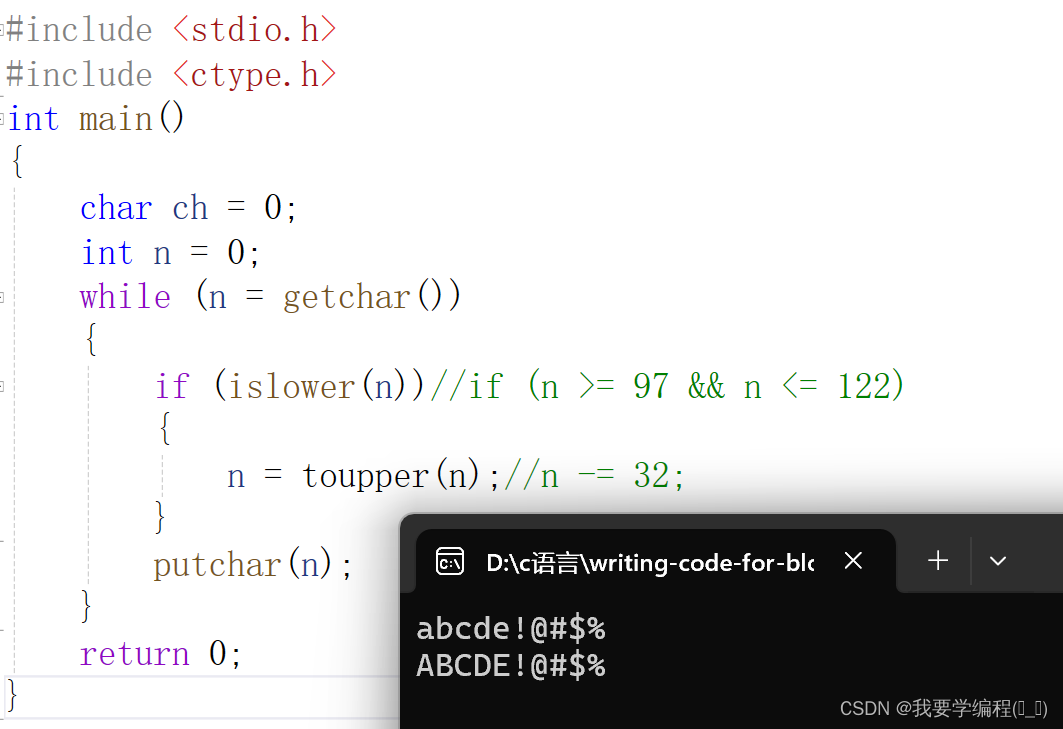
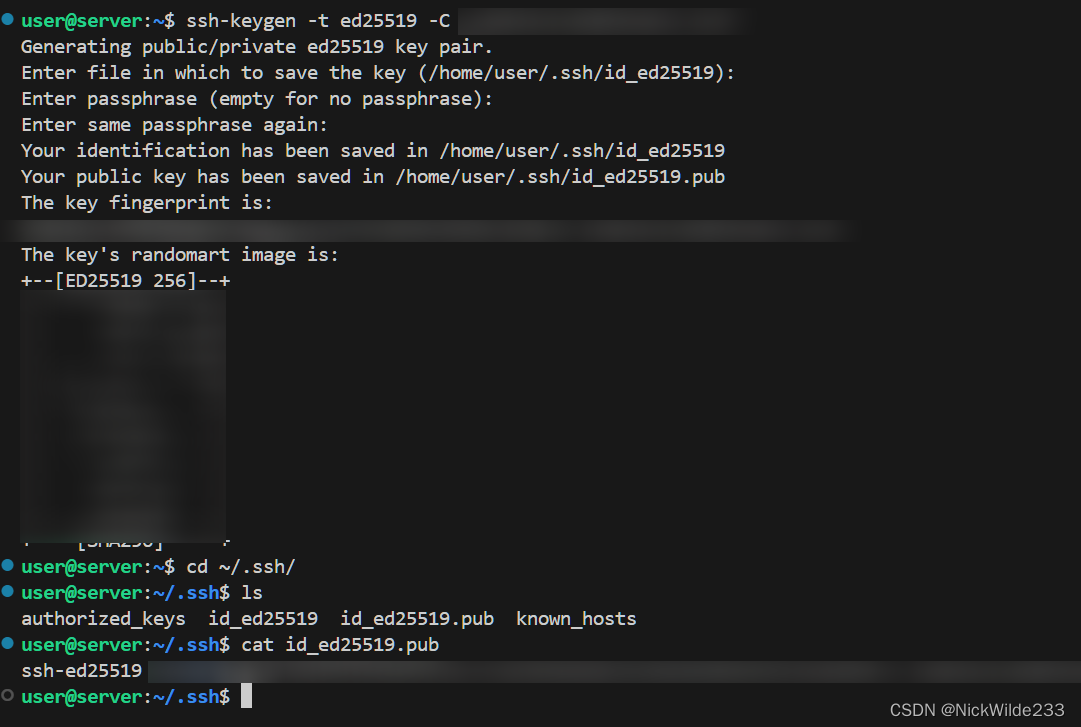


![[HackMyVM] 靶场 Wave](https://img-blog.csdnimg.cn/direct/497d860c7f4a472a8a92f1c75f06557b.png)
